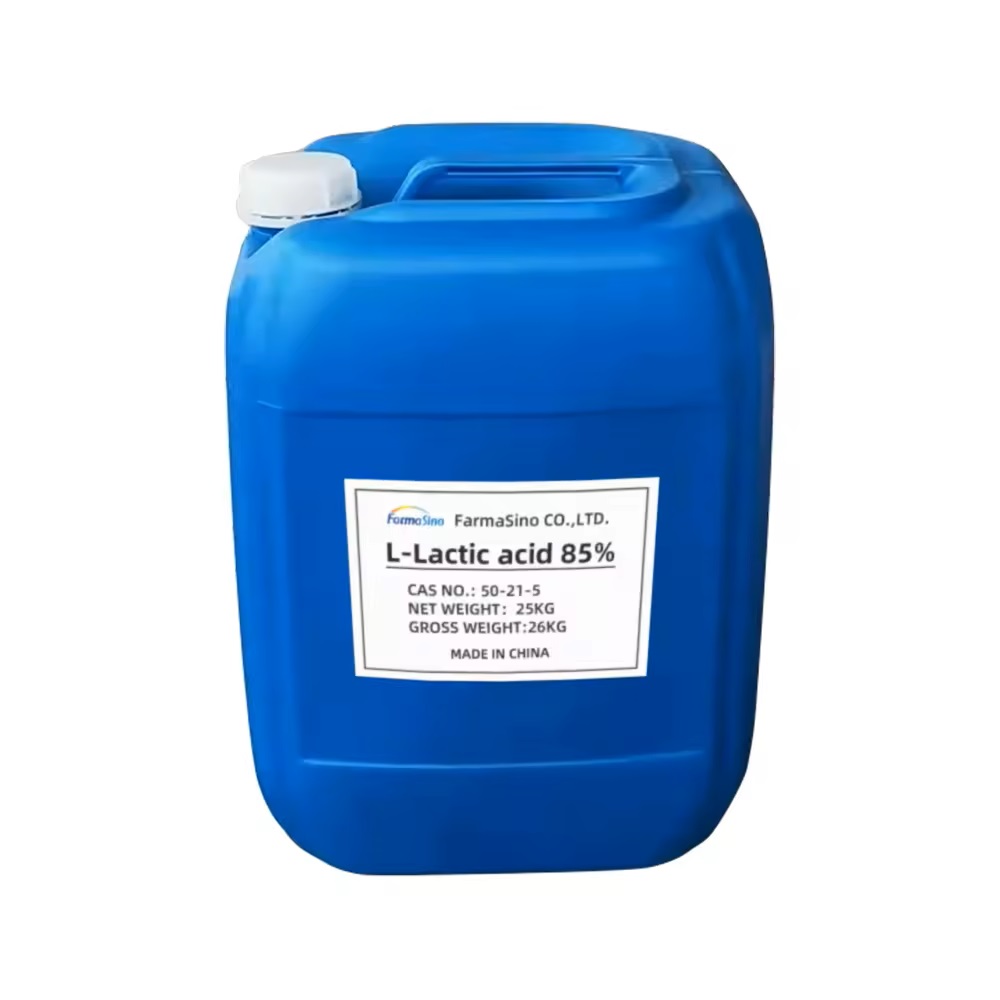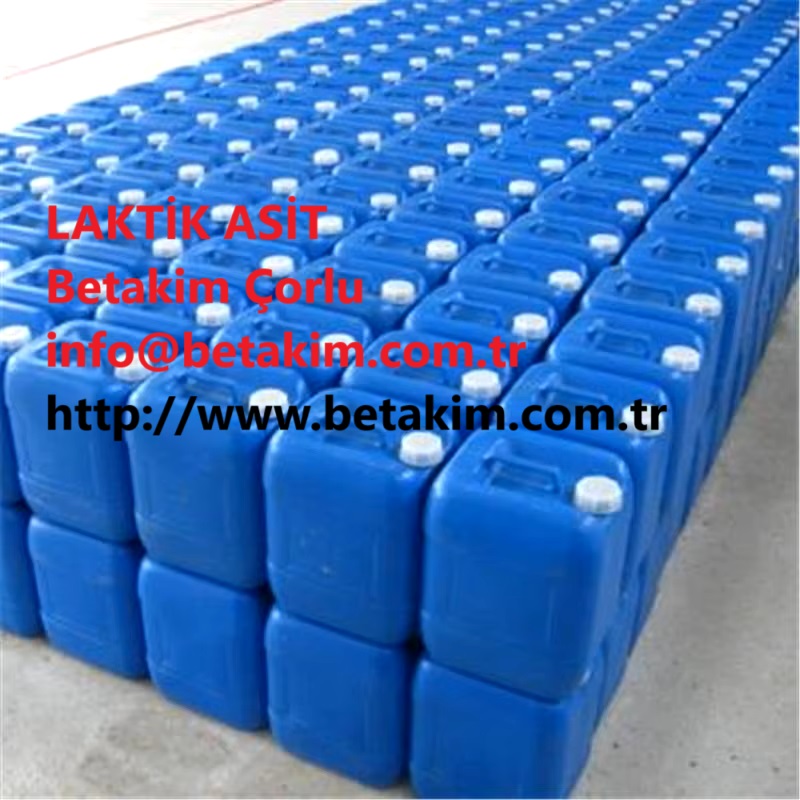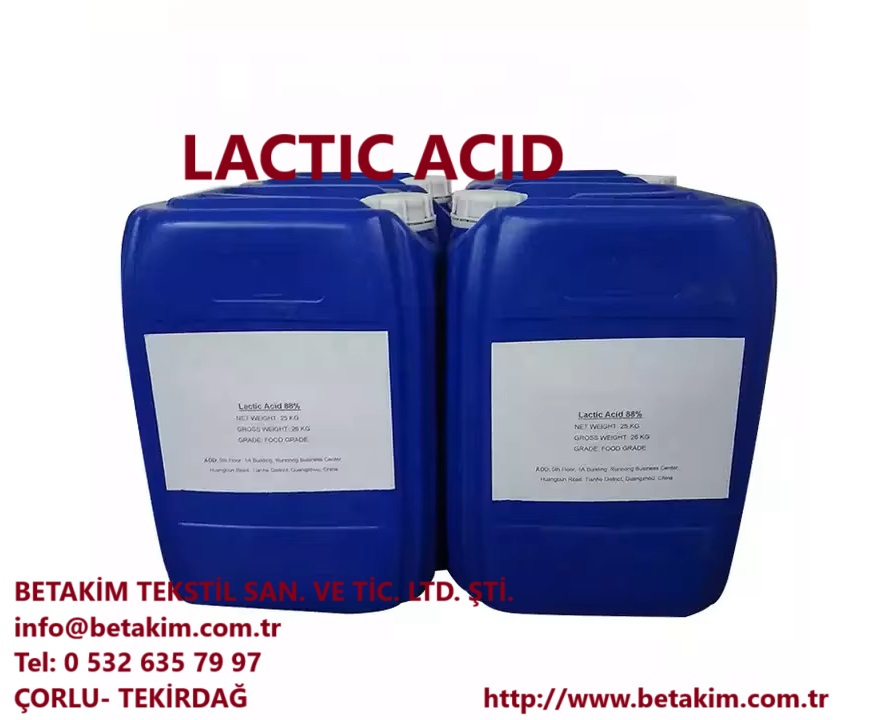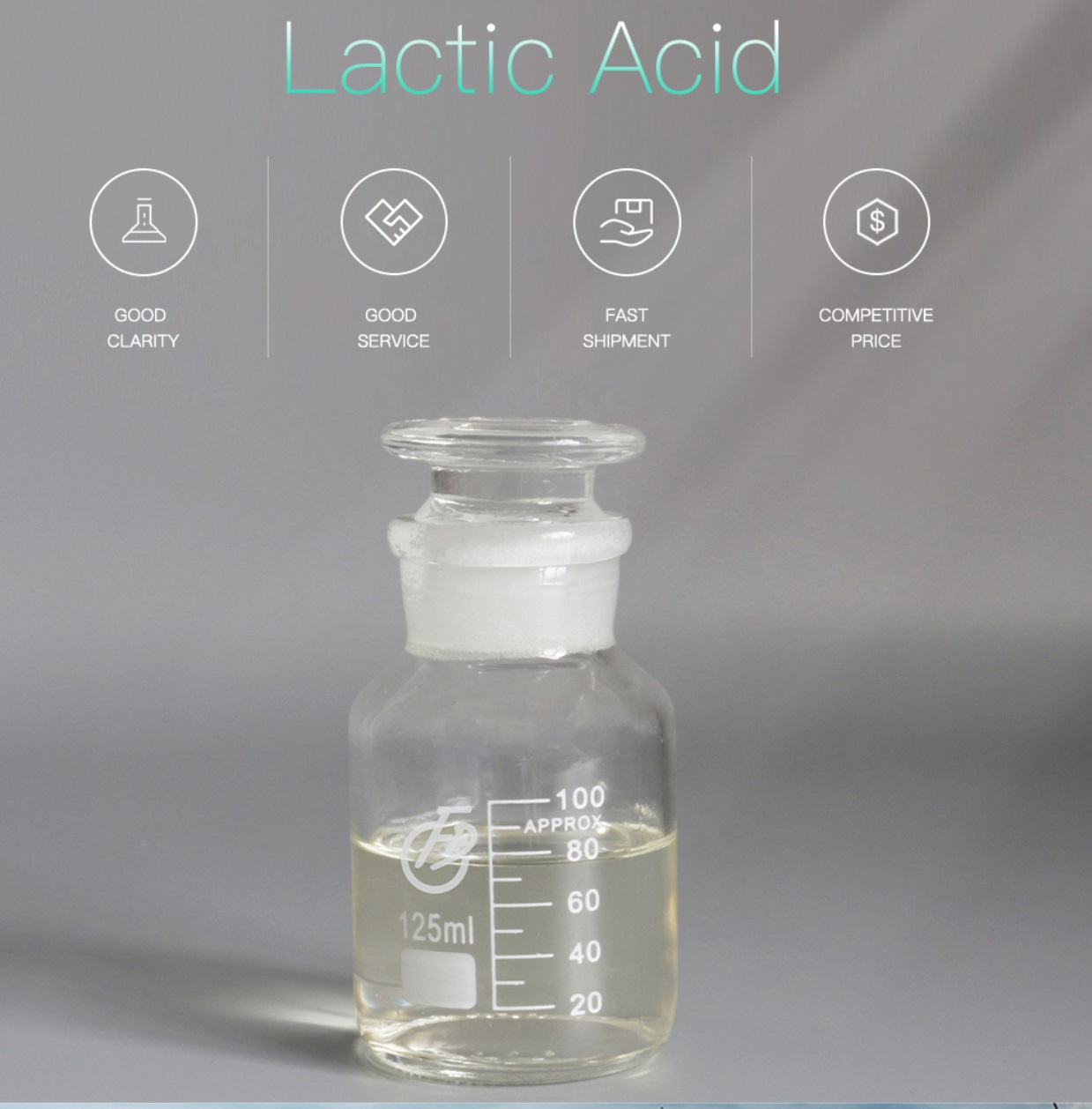We unleash your business potential by maximize the business innovation.
Send EmailE270 Lactic Acid, Milk Acid, Ethylidenelatic Acid, Racemic Lactic, 50-21-5
Molecular Formula (Lactic Acid): C3H6O3
Molecular Weight: 90.078 g/mol
Chemical Name: 2-Hydroxypropionic Acid
CAS Number: 50-21-5
2-Hydroxypropionic acid is the most commonly occurring hydroxycarboxylic acid. It is a chemical substance first discovered by Swedish Chemist Sheele in 1780. Lactic acid is a naturally occurring organic acid derivative.
It is a normally evaluated intermediate in the fermentation of sugar (Oxidation, Metabolism). The concentrated form of lactic acid is used to prevent gastrointestinal fermentation.
It is a type of carboxylic acid. It can be produced in different concentrations. These concentrations are found as 50%, 88%, 90%.
The DL- form of Lactic Acid is the racemic isomer that is the biologically active isoform in humans. Carboxylic acids give hydrogen ions to interact with a base if it is present. With this feature, they react with all bases, both organic and inorganic.
Carboxylic acids with six or fewer carbon atoms are freely or moderately soluble in water. Those with more than six carbon atoms are slightly soluble in water.
Other Names :
2-Hydroxypropanoic Acid
DL-Form
L-Form
50-21-5
2-Hydroxypropionic Acid
Milk Acid
Ethylidenelatic Acid
Polylactic Acid
Racemic Lactic
USP Grade
Alpha-Hydroxypropionic Acid
Propionic acid 2-hydroxy-
2-Hydroxy-2-Methyllactic acid
Whey
Solution
L-Form Calcium Salt
E 270
Physical and Chemical Properties :
It is a clear and colorless liquid with a slightly irritating odor and no acidity.
Some forms are a syrupy liquid with a yellow odor. Or it has a yellow crystal feature.
Its aqueous solution has acidic properties.
Its melting point is 18 °C.
Lactic Acid boiling point is 122 °C.
Its density at 25 ° C is 1.209 g/mlt.
Its storage temperature is 2-8 ° C.
It is a stable chemical substance in terms of stability. It is a flammable substance. It is incompatible with strong oxidizing agents.
It is a corrosive chemical for metals and tissue.
In terms of pH, its 10% aqueous solution has a pH of approximately 1.75.
Lactic Acid Usage Areas:
Approximately 85% of Lactic Acid is used in food and food-related applications. The remaining 15% is used in areas that are not food industry.
Lactic Acid is used to add acidity to foods. However, it adds a milder acidity feature compared to other acids.
It is used as a preservative in foods because it has a very good preservative feature. It is used as a pickling agent in sauerkraut, olives and vegetable pickles. In addition, it is also used as a pH buffering agent, antibacterial and to prevent mold formation.
It is an important acid in animal feeds to prevent bacteria and mold formation. It acts by lowering the pH level. In addition, it has the feature of preventing diarrhea in animals.
Lactic acid is used to increase feed quality.
A solution is sent to the matrix of the oil well by using the compression process together with sedimentation to prevent calcification in oil wells. As a result of this process, the efficiency of the oil well is increased. It is applied by mixing with Fumaric Acid, citric acid and some copolymers.
Technical grade Lactic has been used in leather tanning for a long time. Here, it is used as an acidifier in the separation of leathers and vegetable tanning. In addition, technical grade Lactic acid has been used in many different textile finishing processes and in the acid dyeing process of wool.
Due to its cost, cheap inorganic acids have replaced this chemical. However, environmental factor restrictions regarding the disposal of waste salts will make the use of technical grade lactic acid dominant in this area again.
It is used in the manufacture of basic make-up materials in the cosmetics sector.
Its use in the industry is very common in the fields of fiber, paint, pesticide and coating.
Lactic acid is used in the manufacture of agricultural drugs due to its ability to regulate plant growth.
It can be used as a food additive due to its aromatic properties.
It is used in the manufacture of non-pesticide fungicides.
The reason for using this type of acid in the leather sector is that it regulates pH and ensures the removal of proteins from the leather.
Other Areas of Use:
It is used in the manufacture of fuels and fuel additives.
It is one of the acid derivatives used to balance the pH between 4.0-7.0 during the production of antiseptic hydrogels.
It is used as a coating material and surface treatment chemical.
It is used as a special processing chemical in petroleum production.
It is used in the manufacture of pastic and rubber products.
It is used in the production of lactide. It is used in oil wells.
It is used as polylactic acid for biodegradable plastics and fibers.
It is used with citric acid in the production of confectionery or hard candies to give a sour taste and to mask the undesirable properties caused by sweeteners.
It is used to reduce acidity in order to prevent the growth of bacteria in order to reduce sebum on the scalp. Another acidity reducing agent is salicylic acid.
In wine production, malolactic bacteria (LAB) convert the Dicarboxylic acid Malic acid into monocarboxylic Lactic Acid and Carbon Dioxide. And the sour taste in the wine is reduced.
It is one of the organic acids used in the manufacture of buffered acid solutions. Lactic acid is used as a chelating agent and moisturizing agent in shampoos produced for fur care.



